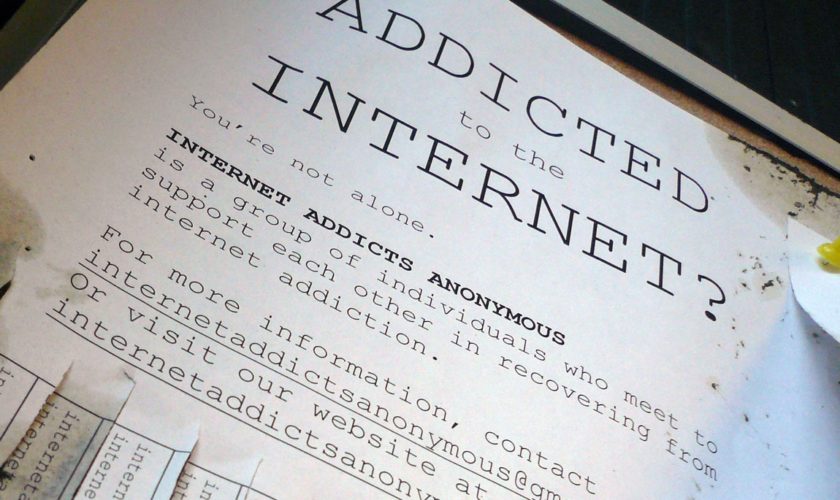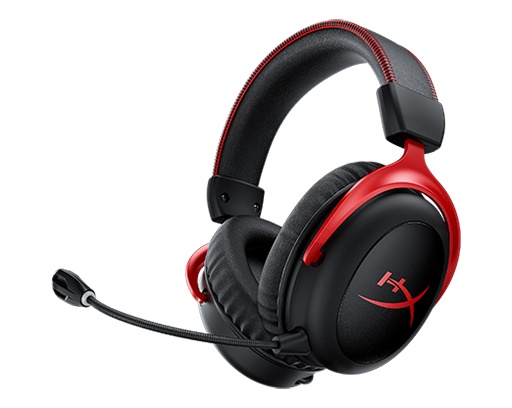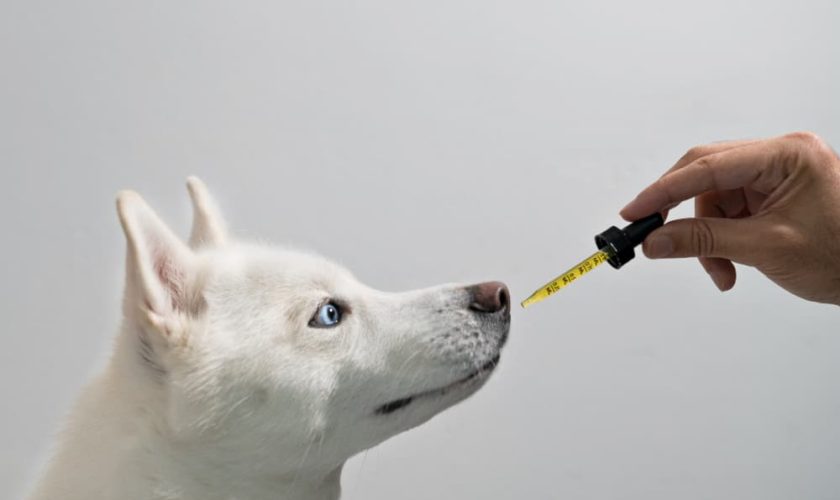When house owners consider their asphalt shingle roof coverings, some tend to assume that its only parts are the shingles and the deck that holds it up. According to domestic roof covering pros, nevertheless, this is far away from the instance as a roof of asphalt shingle is devised of greater than just the deck and tiles.
Here are a few vital components that makeup asphalt shingle roofing.
- Asphalt Shingles: Although it’s not just the only component of the asphalt tile roof covering, the shingles still are amongst the most fundamental parts as it develops the concept of water-shedding surface area that secures your residence from leakages in addition to creating the distinct look that establishes your residence apart from every other person.
- Underlayment: Below the tiles of your asphalt roofing exists the underlayment, which offers an added layer of defense in between the deck of your roof as well as the shingles. Primarily, it’s a secondary water obstacle that safeguards your roofing system from timber rot.
- Ice as well as Water Obstacles: According to roof upkeep roofing experts, ice, as well as water obstacles, secure the more susceptible parts of the roofing from water infiltration. These include the valleys around your smokeshafts and other roof covering outcroppings, such as skylights.
- Starter Strip Products: Blown-off tiles are a problem that no homeowner wants to take care of and fortunately, there is an item that can stop it called a starter strip. These items are essential for correct roof shingles setup as it offers the first row of sealer that can assist your tiles to adhere better to the roofing.
- Hip as well as Ridge Products: On the other hand, the hip, as well as ridge products that you can affix to your roof covering enhances the asphalt shingles that you have picked while giving a completing visual for your roofing.
- Ventilation: Lastly, there is additionally the airflow system, which is said to be amongst the most vital parts of any asphalt roofing system. According to Guardian Roofing, the significance of an airflow system should never be minimized as it enables heat and wetness to get away from the attic room, stopping issues such as early shingle damage, ice dams, or perhaps timber rot by maintaining attic room temperature closer to outside temperature levels.





